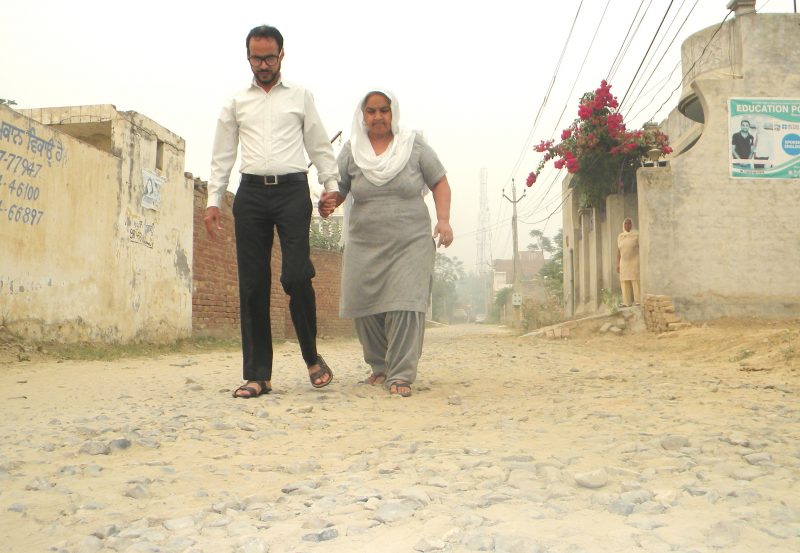Ever wondered how a messaging app can make money while offering free texting and calling? WhatsApp users in India may be surprised to learn that there’s more to messaging apps than communicating. Here’s how: by offering services such as digital payments, online shopping and content.
China’s WeChat is probably the best example of the vast potential that messaging apps hold. With over 900 million monthly active users, WeChat helps them do everything from messaging, buying grocery, hailing cabs, ordering online food and even offline payments at restaurants – all this without having to go to another app. These services not only provide the company incredible customer stickiness, they also create a remarkable revenue model.
For now, WeChat’s rivals outside China including WhatsApp, Facebook Messenger, Skype, Viber and Line are behind the curve on this front, although some have started on the road to becoming larger platforms. “The very reason chat apps are expanding beyond communications is to create a sustainable monetisation strategy,” said Neha Dharia, a senior analyst with a focus on messaging at London-based research firm Ovum. “Chat apps are moving away from being simply a provider of communication tools (chat, voice and video) to becoming a platform for the exchange of services, payment mechanisms and content consumption.”
WhatsApp, the largest messaging app in the world with 1.3 billion monthly active users, introduced a business version in India early this week. “Based on research, we know that people are using WhatsApp to talk to businesses. We want to make business messaging more convenient for people and more efficient for businesses,” a WhatsApp spokesperson said in response to ET’s questions. Whatsapp Business is a separate app from Whatsapp Messenger, aimed largely at giving a direct communication platform to small businesses, many of who may be using WhatsApp already.
While Whatsapp has kept the service free, it may expand it to larger businesses with added features such as analytics, from which it may well charge a usage fee at a later stage, thus creating a revenue model, segment watchers said. This also is aimed at increasing subscriber connect which it can leverage for future monetization of its other services. The larger agenda – and a more critical one – for these companies is to get active users to spend more time on the app or services and make it viable for revenue generation, according to analysts.
“Every technology company is vying for consumer stickiness, interaction and time spent on the app, and in order to keep them within the app’s ecosystem they’re broadening themselves to become platforms. Just being messaging apps that offer free services is not going to be a strong revenuegeneration model,” said Jayanth Kolla, founder of Bengaluru-based research firm Convergence Catalyst. WhatsApp is also gearing up to launch payments in India and is integrating its digital payment platform with banks.
“Payments and digital commerce are crucial to the expansion of the chat app into a platform as it enables revenue generation for the chat app and secure seamless payment experience enables customers to trust the chat app and engage more with the platform,” Dharia said. Kolla added that commerce, payments, marketplaces, cab-hailing, entertainment and media consumption were the larger revenue pies outside messaging. To be sure, the biggest challenge is to find a niche and easily usable service which can differentiate one messaging platform from the other, and help monetise the services.
“Chat apps will have to do much more to increase customer stickiness while realizing that they’re easily replicable (by other apps). So, they will have to come up with something unique to also make sure that revenue generation remains a sustained model,” said Faisal Kawoosa, general manager of research and consulting at Cybermedia Research. The WhatsApp spokesperson said that the platform is focused on building a simple, reliable, and secure messaging app. “No matter how the product evolves, this will always guide our product decisions”. While the spokesperson said it was too early to share monetisation plans, sources said the platform may charge for additional capabilities in the future.
By sheer numbers alone, India is the largest market for WhatsApp. The growing number of internet and smartphone users makes India a massive opportunity for messaging apps. While WeChat, Line, Viber and others have started operations here, they have not been able to make it as big as Facebook’s Messenger and WhatsApp. The number of monthly active users of chat apps in India will likely reach 320 million by 2020 from about 230 million in 2017, according to Ovum. Of this, WhatsApp alone has the largest share of over 200 million. However, the pace of growth of chat app users may not be as fast as India’s expanding smartphone market because several people still do not have internet access, Ovum said.
According to Facebook, which owns both WhatsApp and Messenger, video chat and voice calling took off in a big way in 2017. This year, the company wants to make Messenger a platform for customer care, said David Marcus, VP for messaging products at Facebook. “We’ll evolve Messengeras atruecustomercare channel in 2018,” he added, underlining the findings of a Facebook-commissioned study by Nielsen, where 56% of the people surveyed said they would rather message a business than call customer service and 67% areexpected to messagebusinesses even more over the next two years.
This is clearly where the industry is moving as it not only benefits the growth of the business, Marcus added, but frees up customer-care agents to support the business in other, more productive ways. Ovum’s Dharia said chat apps should try to be the link between a user’s offline and online worlds, besides offering content including games, music and videos that are locally relevant. “Chat apps should also partner with the right local partners such as retail stores to offer deals and discounts, to enable their users have access to offline services that are most important to them,” she added.
Local messaging app Hike, which claims over 100 million registered users globally, of which 95% are in India, also aspires to go beyond basic communication. Hike has unveiled Total, an operating system built into entry-level smartphones that offers messaging, payments and other services without use of the internet. “We want to be India’s WeChat,” founder Kavin Mittal told ET when the company got $175 million in funding from Tencent, which also backs WeChat, and Foxconn in 2016.
Hike may be well positioned to take this line of thought forward as it will introduce more services on the Total platform, starting with train schedules and timings, a service used by millions of Indians on a daily basis. It plans to make available government services such as gas booking, Aadhaar, crop insurance, employee provident fund and access to pensions in 12 regional languages. “We realised very early on that just having an app is not enough in a market like India,” Mittal told ET before launching the platform last week.
Kolla though noted that timely launch of additional services is critical for success of any platform. “Hike’s Total is targeting non-data users, but at a time when data has become extremely cheap thanks to telcos’ tariff wars, so it’s kind of going against the digital trends that India is seeing, where more and more people are beginning to use the internet,” Kolla added.














